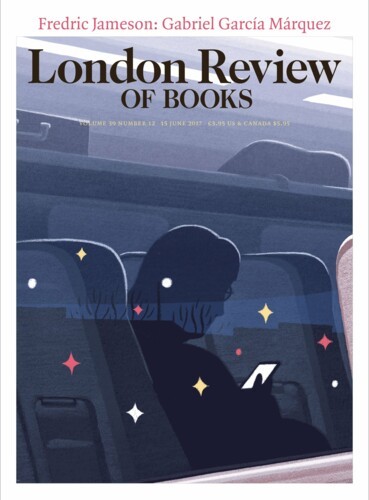What is an emotion? In his 'Sketch for a Theory of the Emotions' (1939), Sartre picks up what William James, Martin Heidegger and others had written about this question to suggest what he believed to be a new thought on human emotion and its relation to consciousness. For Sartre, the emotions are not external forces acting upon consciousness but an action of consciousness as it tries to rearrange the world to suit itself, or as he puts it at the end of his book: a sudden fall of consciousness into magic. In this episode Jonathan and James discuss why Sartre’s rejection of the idea of the subconscious is not as much a departure from Freud’s theories as he thought they were, and the ways in which his attempt to establish a ‘phenomenological psychology’ manifested in other works, including Nausea, Being and Nothingness and The Words.
This is an extract from 'Conversations in Philosophy', a Close Readings podcast series from the London Review of Books. To listen in full, and to all our other Close Readings series, subscribe:
